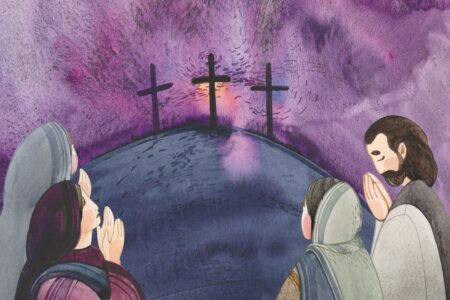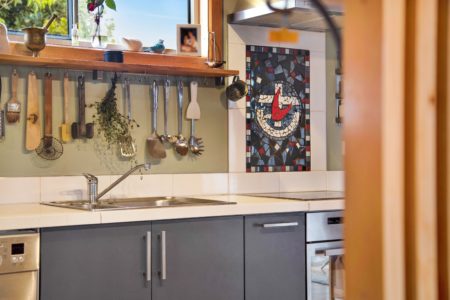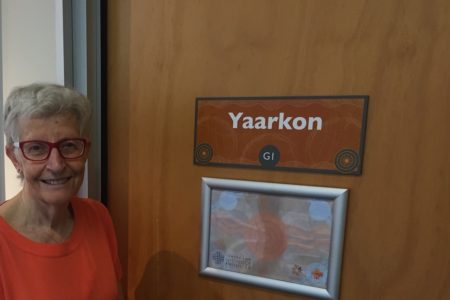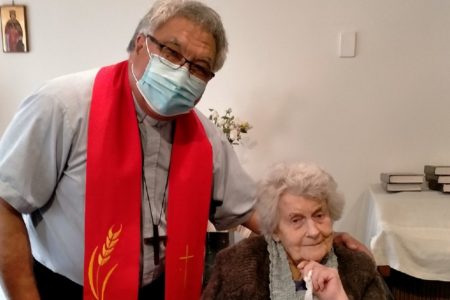By Andrew Humphries
Ask Lockwood Uniting Church member Sue Bewsell what the building means to the community and her reply is a simple one-word answer.
“Love,” is Sue’s quick reply as she sums up what the Lockwood South church building has represented to the community since its construction in 1872.
That love was celebrated on May 15 when Lockwood hosted a joint celebration marking the 150th anniversary of its construction and that of the nearby St Stephen’s Anglican Church.
The May 15 event also doubled as the launch of Sue’s book on both church buildings, ‘A Living history: celebrating 150 years’.
Sue says the book was her way of paying tribute to a building, in the case of the Lockwood Uniting Church, that has been such a large part of her life for over 30 years, and such a large part of the community since 1872.
And, in paying tribute, Sue has had cause to reflect on how important the bricks and mortar that make up a church are to the community it serves, particularly in a regional Victorian setting like Lockwood South.
“We’re not a large congregation, but we are very much a family,” Sue says.
“We all look out for each other and it’s just lovely in terms of the fellowship there, which is just fabulous.
“Everyone just accepts everyone for who they are, people are there to help if there is a problem, and we all try to work together to be a part of the community, because our church has been a big part of that community for so many years.”
And while the days of a congregation numbering in the hundreds may have been consigned to history, Sue firmly believes Lockwood Uniting Church still has plenty of life, and love, left in it.
“It would be really lovely to bring some of those numbers back,” Sue says.
“You know, we’re still involved in the community with things like our annual carols service, which a lot of people attend, so getting them to attend more than once a year would be great.
“When I think of 150 years, I think of a building that represents love.
“It’s there to celebrate and be a beacon to the community, it’s saying ‘here we are, if you want help, come to us’.
“It’s a place to gather and be a community.”
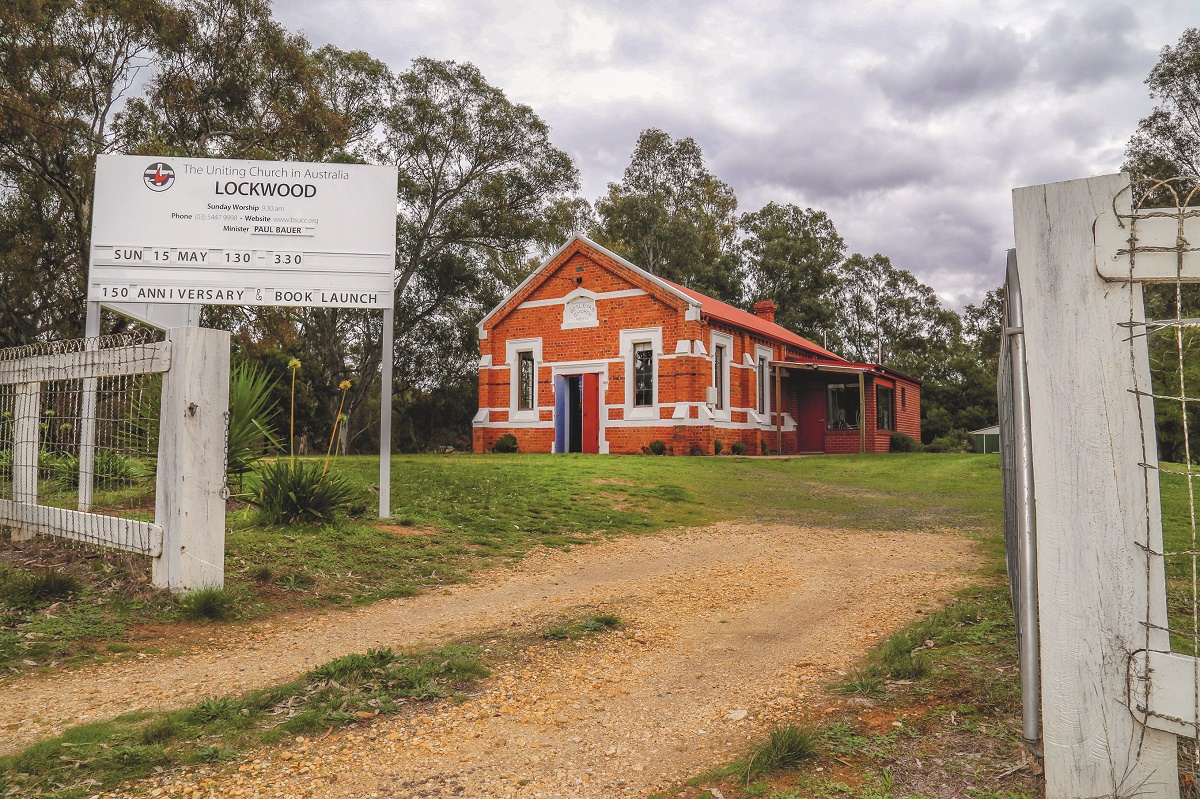
Lockwood Uniting Church celebrated its 150th anniversary in May.
While Sue’s book on both churches represents a wonderful historical resource, she admits her labour of love also meant putting some detective skills to the test in a bid to find the answer to an enduring mystery.
Lockwood Uniting Church is still going strong, and St Stephen’s closed in the 1980s, but it’s a period in the 1890s that most intrigues her.
“For a period of two or three years, St Stephen’s closed, but was not deconsecrated,” Sue says.
“It reopened in 1895, but there was no reason given for its previous closure.
“It’s meant some real detective work has been needed, because the ledgers recording its history give you the who, the what and the when, but they don’t ever tell you the why.
“So the question is, why was St Stephen’s closed? There is nothing in the paper of the time suggesting why, except some very terse remarks about the reopening of it.
“There wasn’t a pandemic then, so that can’t have been the reason, there was no catastrophe that forced its closure and no record of people leaving the area.
“The only reason I can think of is that the powers to be decided they didn’t need a church there, the congregation members could go to Marong or Kangaroo Flat.
“The answer is a bit of a conundrum and one I’ll probably never solve.”
While Sue won’t be around for Lockwood’s next major milestone, she hopes future generations will ensure that it lives on for many more years.
“That would be lovely because we only have it in trust and we would love to be able to hand it on to the next generation,” she says.
“Both churches have been here for a long time, and I would hope that Lockwood continues to serve future generations as a place of worship.”


